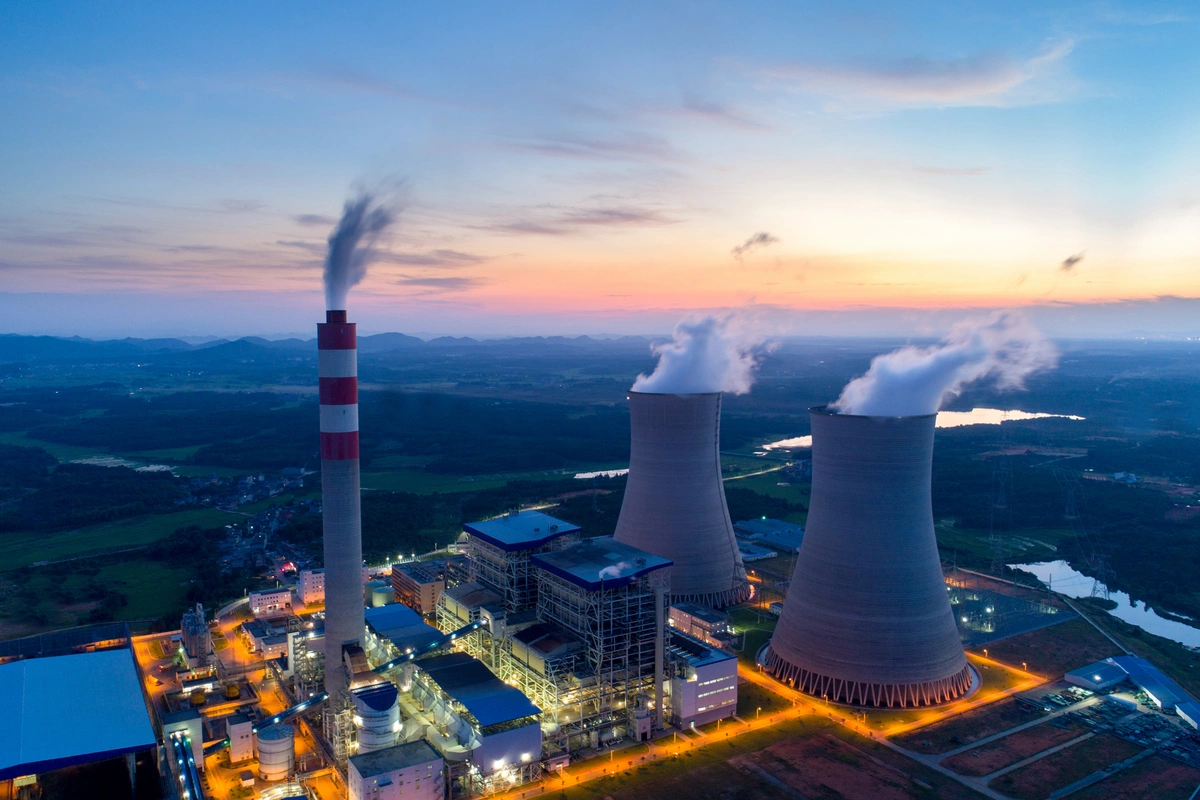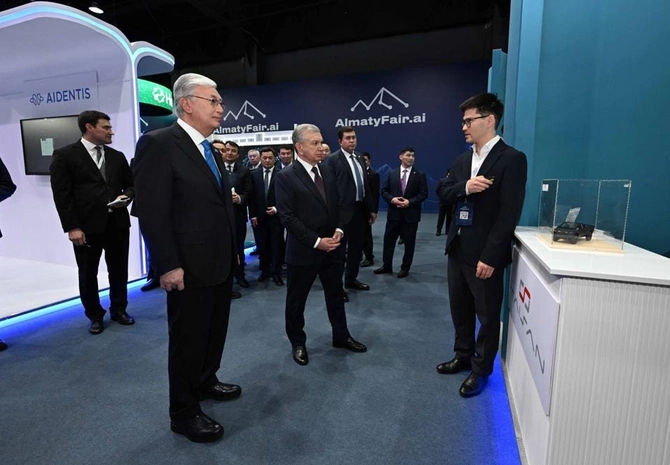
Getty Images: zhongguo
The Trump administration has determined that the United States must secure a position as the global leader in AI “in order to promote human flourishing, economic competitiveness, and national security,” per presidential Executive Order of January 23, 2025.
The world’s top tech companies, such as Google, Microsoft, Amazon, and others, have bet on artificial intelligence and are racing to build the most sophisticated models. They’ve also identified the fact that they’re going to need electricity - a lot of electricity, The Caspian Post reports citing Forbes.
Early developments have demonstrated that AI requires significantly more power than traditional computing. In fact, global data centers are projected to consume more power than the nation of Japan by 2030, prompting companies to invest in their own energy sources to avoid potential supply bottlenecks. This has pushed private tech companies into the energy supply industry, with Google even pushing for its own nuclear reactor. Locales that can provide the cheapest, abundant energy while possessing tech-savvy human capital for data centers and tech companies will be at a huge advantage.
Governments are seeking to leverage AI investment to accelerate societal and economic development and bootstrap to the next level of economic development. While some observers express concerns that the growth of AI could widen the gap between the developed world and emerging markets, it also provides an opportunity for energy-rich developing countries to technologically leapfrog. Few regions are better equipped to exploit this uranium and AI boom than the world’s largest exporter of uranium: Kazakhstan.
The Kazakh Uranium Supply
The race toward the AI future is transforming geopolitics. In Kazakhstan, which borders Russia and China, AI is helping to push a geopolitical reorientation towards the West. This isn’t just about deterring its neighbors, but also so the AI boom doesn’t cut Kazakhstan off from global development.
Kazakhstan seeks to use its plentiful local energy resources to make AI a developmental priority. Astana’s strategy specifically involves leveraging the country’s well-established position as the world’s largest supplier of uranium ore to the country’s advantage. Kazakhstan produced between 21,000 and 22,500 tU in 2024 and is projecting increased production at between 25,000 and 26,500 tU in 2025. The country’s uranium reserves and its increasing output have made it a linchpin in the global uranium supply chain. This status as a linchpin isn’t just due to total supply, as other notable producers of uranium in Central Asia, especially Uzbekistan, must traverse through Kazakhstan to export their uranium.
World powers, including the country’s two giant neighbors, recognize this position and are eager to engage in its developing civilian nuclear industry. Kazatomprom, Kazakhstan’s state nuclear company, which is publicly traded on the London exchange, has entered into joint venture agreements with Russia and China, as well as Canada, France, and Japan. The crowning achievement of this cooperation will be Kazakhstan’s new civilian nuclear plants. China’s rapidly increasing demand for emissions-free nuclear power and Russia’s historical relationship with Astana in the nuclear sector put them both in an advantageous position to pursue further involvement in spite of Kazakhstan’s purposeful pivot to the West.
The West can mitigate this by leveraging its ability to facilitate the development of the localized nuclear fuel supply chain through investment and technology transfer, resulting in the supply chain rooted in Kazakhstan going beyond ore mining. Additionally, Western nuclear and AI companies can integrate with Kazakhstani counterpart companies, investing in localized data centers and more partnerships with local firms. From the U.S. perspective, building relationships with countries capable of supplying uranium will become critical as nuclear power becomes increasingly needed to meet the energy requirements to scale up AI. Following the 2024 order by the Biden administration to begin divesting from Russian supplies of uranium, which represented 35% of American nuclear fuel imports, the U.S. is facing a shortage. American efforts to build a new nuclear fuel supply chain are essential to compete in the modern technological arena viably, and for this reason, must be expedited.
AI in Almaty
Beyond having the means to power the infrastructure necessary for AI development, Kazakhstan is taking the lead in Central Asia in developing the talent and technology base necessary to support such an advanced industry. Kazakhstan has long emulated Western educational models and focused on human capital development. AI is now a mandatory part of higher education in the country, and it has been introduced into the national curriculum. This is a far-sighted step that not even the U.S. has taken yet, also serving as further evidence of Kazakhstan’s increasing orientation towards the U.S.
The March 28-30, 2025, AlmatyFair.ai summit brought together high-performing Kazakh AI companies to showcase their work. Among the technologies presented was KazLLM, a large language model trained in Kazakh, which allows professionals across IT industries to use a model trained in the local language to create AI-enhanced software that can be better tailored to users in Kazakhstan. Alem.ai is the country’s effort to boost its talent and capital base. It aims to train 10,000 specialists, launch 100 startups, and 10 research projects to ensure Kazakhstan becomes a hub where investors can confidently develop advanced AI. The KazLLM summit also featured existing IT innovation initiatives like the Central Asian Innovation Hubs, a private initiative that brings together Kazakhstan’s Astana Hub and Uzbekistan’s IT Park to promote, incubate, and invest in startups across Central Asia.

Not only will these developments result in regional percolation outwards to the rest of Central Asia, but these efforts are also drawing attention from global leaders in the AI space. For example, Google’s most recent cohort of its Cloud AI Accelerator selected two Kazakh startups, Alma and Cerebra, out of the fifteen in the entire cohort, while other tech players like Telegram and TikTok are already operating in the Astana Hub. Additionally, Singapore’s GK Hyperscale Ltd. invested $1.5 billion into the construction of Central Asia’s largest data center.
Kazakhstan’s Role in the Global AI Race
As the world’s most influential companies compete to grow their AI capabilities, Kazakhstan is gearing up to ride the wave of nuclear renaissance and AI revolution by boosting its uranium production and investing in world-class education, developing nuclear power, and developing its own IT industry. Astana’s aims were outlined by President Kassym-Jomart Tokayev in a recent speech to the country’s researchers on the importance of nuclear technology and AI.
Now is the time for U.S. companies and funders to step up and compete with Russian and Chinese enterprises, which already have a presence in both spaces in the region. To secure its global leadership in AI, it makes sense for U.S. enterprises to strengthen their cooperation with Kazakhstan to facilitate private investments and partnerships in the uranium and tech industries.
Share on social media